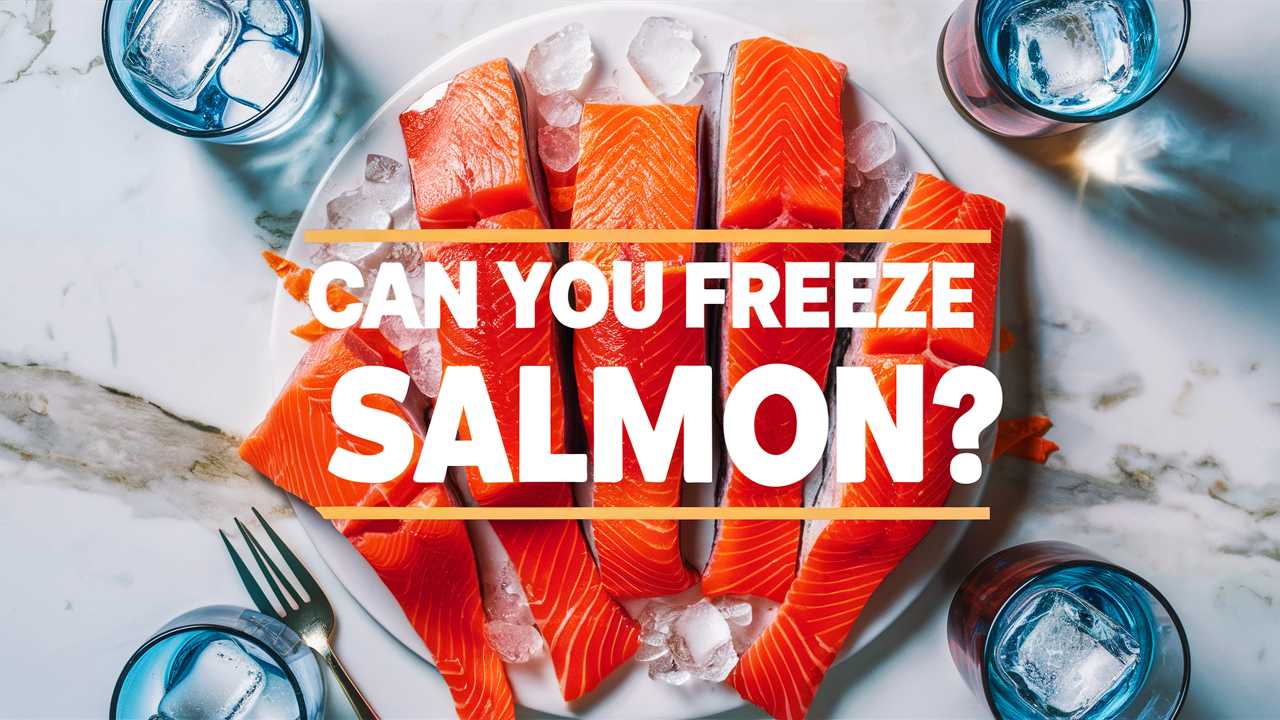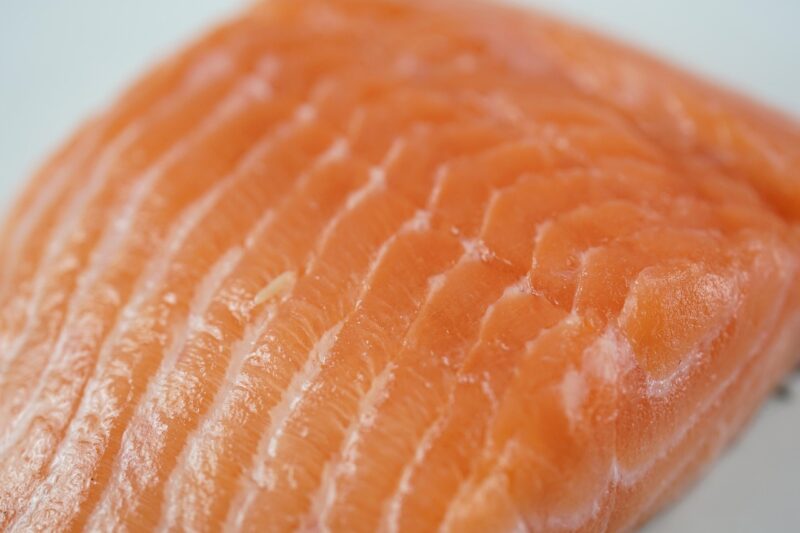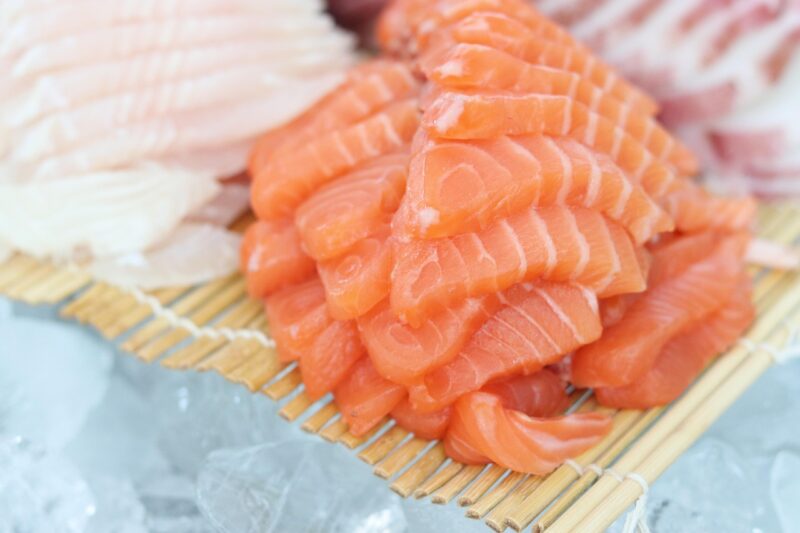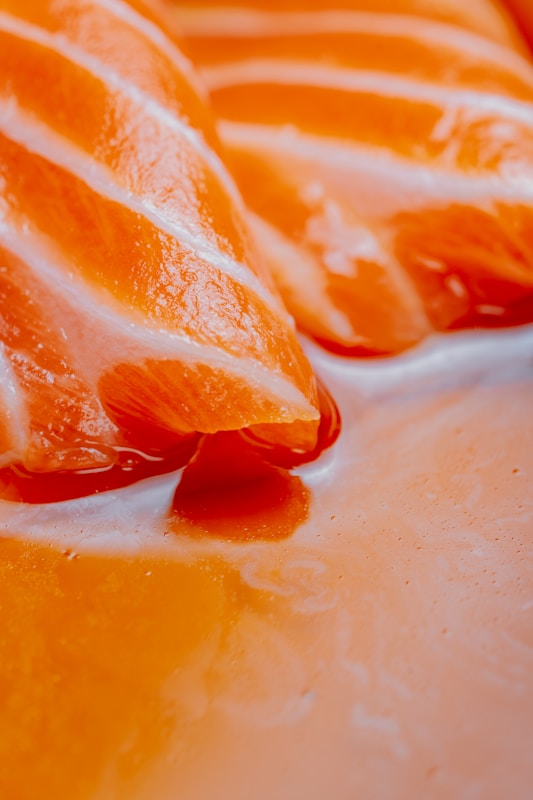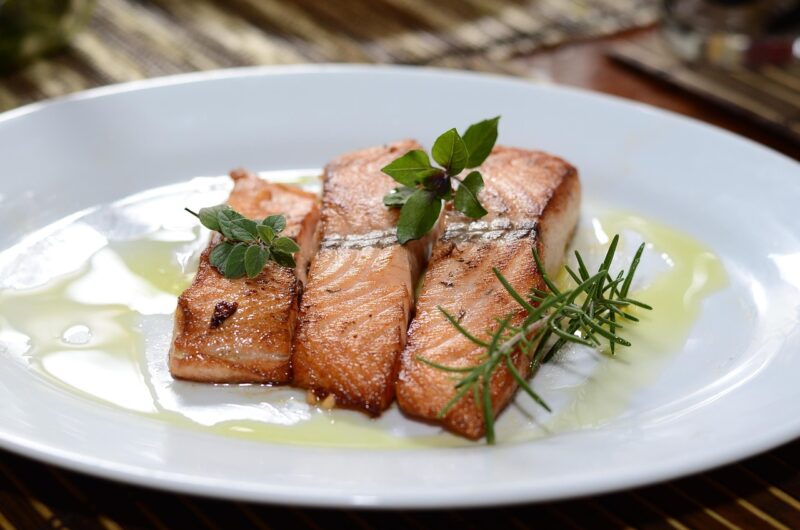Salmon stands out as one of the most popular and nutritious fish choices around the globe, adored for its rich flavor, vibrant color, and versatility in the kitchen. It can be seasoned simply or incorporated into complex dishes, making it a favorite among both novice home cooks and seasoned chefs.
However, one question often arises, especially for those who wish to preserve this delightful fish: can you freeze salmon? This blog post will explore every facet of freezing salmon, from the how-to to the pros and cons, as well as storage tips and culinary delights.
The Basics: Understanding Salmon
Before we explore the freezing process, let’s take a moment to appreciate what salmon brings to the table. Rich in Omega-3 fatty acids, high-quality protein, vitamin D, and essential B vitamins, it serves not only as a delicious meal but also as a powerhouse of nutrition. Salmon comes in several varieties, including Atlantic, Sockeye, Coho, and Chinook, each possessing distinct flavors and textures.
Types of Salmon
Wild-Caught vs. Farmed:
Wild-caught salmon is often regarded as superior due to its firmer texture and more robust flavor. It typically has a darker flesh and comes with the advantage of being a more sustainable choice, depending on fishing practices.
Farmed salmon, though milder in taste, is often more readily available and less expensive. However, it may contain higher levels of contaminants and less Omega-3 than its wild counterpart.
Fresh vs. Frozen:
The debate between fresh and frozen salmon often comes down to personal preference and availability. Fresh salmon can be incredibly flavorful, but frozen salmon—if handled properly—can maintain excellent quality.
Yes, You Can Freeze Salmon!
The short and straightforward answer to the question is a resounding yes—you can indeed freeze salmon. Freezing allows you to extend its shelf life significantly, keeping the fish safe for several months and maintaining its flavor and texture as long as it is done correctly. However, not all methods of freezing are created equal, and knowing the right way to do it can make a significant difference.
How to Freeze Salmon: Step-by-Step Guide
1. Choose High-Quality Salmon
The first step in the freezing process begins at the fish market or grocery store. Selecting high-quality salmon is pivotal. If you’re buying fresh salmon, look for bright, moist flesh without any off-putting odor. If possible, purchase salmon that has been frozen at sea, as this captures freshness at its peak.
2. Prepare the Salmon
Once you’ve procured your salmon, it’s time to prepare it for freezing. Rinse the fish under cold water and pat it dry with paper towels. Depending on your future culinary plans, you may choose to freeze it whole, as fillets, or in portion sizes. If cutting fillets, use a sharp knife to create even portions, making it convenient for later meals.
3. Wrap It Properly
This step is crucial to prevent freezer burn. Wrap the salmon tightly in plastic wrap or aluminum foil. Make sure to remove as much air as possible during this process. For added protection, you might consider placing the wrapped salmon inside a resealable freezer bag or an airtight container. Always label the bag or container with the date so you can keep track of how long it has been in the freezer.
4. Freeze It Effectively
Place the wrapped salmon in the coldest section of your freezer. Your goal is to freeze it quickly, as this will help preserve its texture and flavor. Ideally, the temperature of your freezer should be set at or below 0°F (-18°C). If possible, try to consume the salmon within three to six months after freezing to ensure optimal quality.
Understanding Freezer Burn
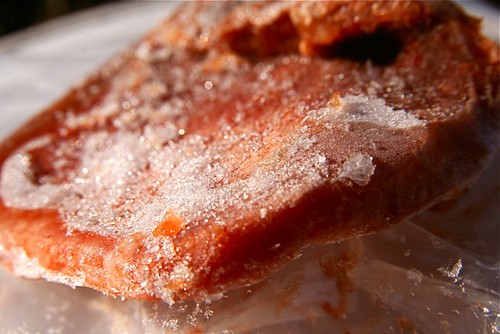
Freezer burn is one of the biggest threats to frozen salmon and can occur when air comes into contact with the surface of the fish. This results in dry spots and off-flavors that can detract from the overall quality. By ensuring that your salmon is properly wrapped and stored, you can minimize the risk of freezer burn, allowing for a delightful meal down the line.
Signs of Freezer Burn
Discoloration: Grayish-brown patches or dry spots may appear.
Texture Changes: The fish may feel excessively dry or tough.
Flavor Changes: The taste may become bland or develop an off-flavor.
If you find freezer-burned salmon, it can still be edible; however, the compromised flavor and texture may not make it worth your while for a special dish.
The Science of Freezing Fish
Understanding the science behind freezing can enhance your appreciation for the process. The primary goal when freezing salmon (or any food, for that matter) is to prevent the growth of bacteria and preserve its quality. When freshwater or saltwater fish is frozen, the low temperatures halt the growth of pathogens that cause food spoilage.
During freezing, water in the fish forms ice crystals. Smaller ice crystals are preferable because they minimize cellular damage, allowing the fish to retain moisture and texture. Factors like the freezing temperature and speed will affect how the fish textures when it’s thawed.
The Best Ways to Thaw Salmon
Thawing is as important as freezing when it comes to maintaining the quality of your salmon. Here are the best methods to safely thaw frozen salmon:
1. Refrigerator Thawing
This method is the most reliable way to thaw salmon. Place your wrapped salmon in the refrigerator and allow it to slowly thaw. Typically, this process takes about 12 hours for fillets and overnight for a whole salmon. While it requires some planning, the result is a fish that retains its quality and texture.
2. Cold Water Thawing
If you need to defrost your salmon more quickly, consider the cold water method. Leave the salmon in its packaging and submerge it in cold water, changing the water every 30 minutes. Salmon fillets usually require about an hour with this method, ensuring they remain cold throughout the process.
3. Microwave Thawing
While using the microwave might seem convenient, this method comes with risks. Microwaving can unevenly defrost the salmon, potentially cooking some parts while leaving others frozen. If you choose this method, select the defrost setting, monitor it closely, and avoid cooking the fish in the microwave.
4. Cooked from Frozen
Surprisingly, you can cook salmon straight from the freezer. Just be aware that it may require a few extra minutes of cooking time. This method shines in a pinch but may not yield the best results in terms of texture and flavor quality—something to consider if you’re preparing a special dish.
Nutritional Aspects of Freezing Salmon
One of the key advantages of freezing salmon is that it helps to lock in its nutritional value. Freezing salmon preserves its Omega-3 fatty acids, which are known for their anti-inflammatory properties and contributions to heart health. The process also keeps intact essential vitamins like D and B12, making frozen salmon a healthy choice.
Omega-3 Fatty Acids
Omega-3 fatty acids play an essential role in various bodily functions, including brain health, heart health, and reducing inflammation. Regularly including salmon in your diet can increase your intake of these vital fats. By freezing salmon, you can ensure that you have access to these health benefits even outside of fishing season.
Culinary Adventures with Frozen Salmon
Now that you know how to freeze salmon and the best practices for thawing it, let’s explore some delicious ways to prepare this versatile fish.
Grilled Salmon with Lemon Butter
Grilling is one of the best ways to cook salmon, enhancing its natural flavor while adding a smoky touch. After thawing your salmon fillet, marinate it in olive oil, fresh lemon juice, salt, and pepper. Grill on medium-high heat for about 4 to 6 minutes per side, then serve with a dollop of lemon butter for a delightful meal.
Salmon Tacos with Mango Salsa
Take your frozen salmon on a culinary journey by transforming it into salmon tacos! After thawing, season it with chili powder and paprika, then pan-sear or grill the fish. Serve it in corn tortillas topped with fresh mango salsa—made with diced mango, red onion, cilantro, and lime juice for a perfect fusion of flavors.
Salmon Chowder
Especially delightful on chilly days, a creamy salmon chowder is a comfort food staple. Sauté onions, carrots, and celery in a pot, then add potatoes and broth. Once those are tender, stir in cubed thawed salmon and cream, allowing the fish to gently cook. This hearty dish is perfect for utilizing your frozen salmon stock.
Baked Salmon with Herbs
Baking salmon in the oven is another foolproof way to ensure it stays moist and flavorful. Simply coat the thawed fillet with herbs like dill or thyme and drizzle with olive oil. Bake at 400°F (200°C) for 12-15 minutes, and serve with a side of steamed vegetables for a wholesome meal.
Conclusion: The Joys of Freezing Salmon
So, can you freeze salmon? Absolutely! By following proper techniques for freezing, thawing, and cooking, you can enjoy this nutritious fish no matter the season. With its myriad health benefits and culinary possibilities, having frozen salmon on hand is a wise choice for anyone who appreciates flavorful and nutritious meals. Not only does freezing allow for extended preservation of your beloved fish, but it also opens the door to a world of culinary creativity.


